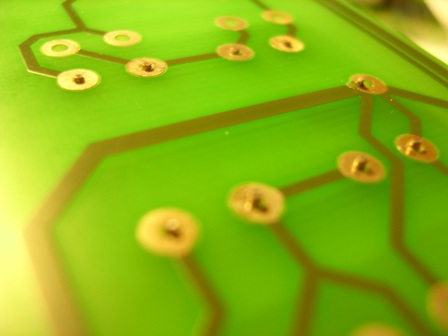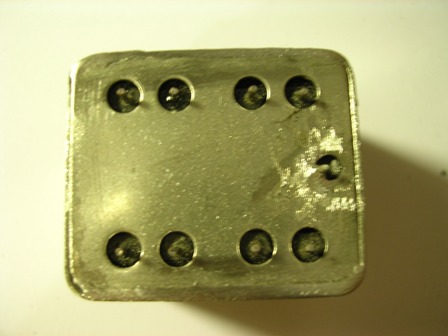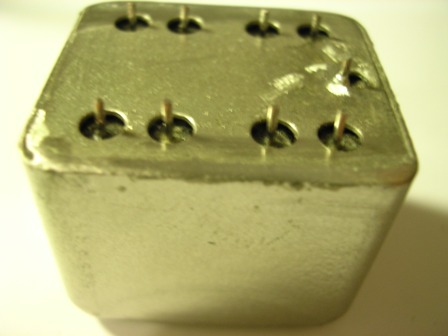Emperor-TK
Well-known member
I have a quick question about shielding the OEP trafos for a G9 with the OEP mu-metal cans. I assume I just solder the top and bottom together and then solder the bottom to the ground lug on the trafo? Can I just "tack weld" them together or do I need to solder the whole perimeter? Anything else to watch out for?
Regards,
Chris
Regards,
Chris

























![Electronics Soldering Iron Kit, [Upgraded] Soldering Iron 110V 90W LCD Digital Portable Soldering Kit 180-480℃(356-896℉), Welding Tool with ON/OFF Switch, Auto-sleep, Thermostatic Design](https://m.media-amazon.com/images/I/41gRDnlyfJS._SL500_.jpg)










